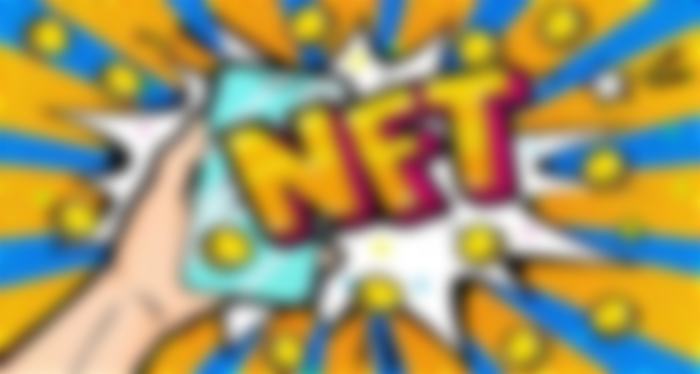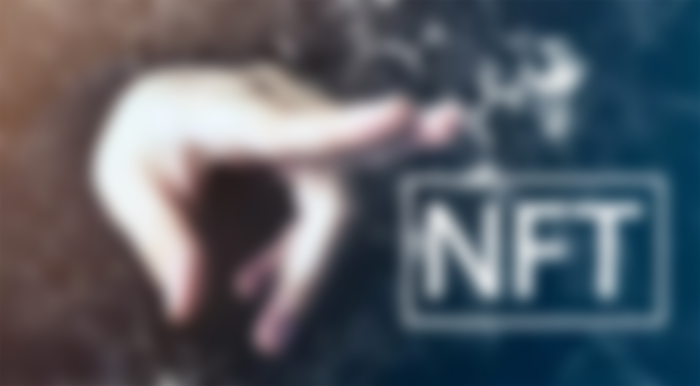NFT more like a Digital Renaissance
A digital renaissance has been unveiled, and we are the protagonists of this good show.

The Internet has eliminated traditional yellow pages, and Netflix has destroyed offline theaters. Will NFT kill traditional art?
In the past ten years, we have witnessed a huge transformation in the entertainment industry. For nearly 100 years, the studio has always determined which actors have enough luck and strength to become stars. But in the 21st century, everything has changed. The focus of the camera has shifted from professional actors to ordinary people. With the advent of reality shows, it is no longer a well-trained actor who becomes a star, but your classmates, colleagues or neighbors next door. Regardless of the outcome, everyone has the opportunity to become a star.
Later, social media such as Instagram, YouTube, and podcasts gradually became mainstream. When people point their cameras and microphones at themselves, traditional studios become powerless. People like Mr. Beast can build a fan empire larger than mainstream media and movie stars, Guyraz also has more daily listeners than major radio stations and reality TV stars (such as Rogan and Kardashians). Big brands are scrambling to sign commercial contracts with these rookies, further consolidating their status as "ambassadors" in the new era. In this way, without knowing it, 75% of the children around us began to dream of becoming social stars in the future!

In the next ten years, we will see a similar transformation in the art world
For hundreds of years, kings, queens and nobles have decided which kind of art can become the mainstream, and those works recognized by them still have a very high status today. In the Victorian era of the 19th century, galleries, museums and collectors began to enter the art world. When the names of Andy Warhol and Jean-Michel Basquiat were heard in the streets, their works had already been collected by well-known collectors and market makers and became extremely expensive. Only the unpopular works and printed versions are left for ordinary people. Of course, unless they are willing to pay a high price. Such phenomena not only occur in London, Paris or New York, but on a global scale. In Morocco, five art market makers formed the "art mafia." If an artist dares to do right with them, his career can be declared over.
Until about 2018, a new paradigm began. In the NFT world, there are no market makers, no museums, and collections have their own galleries and open markets. Thanks to a platform like Cyber, anyone can create an amazing meta-universe gallery in 15 minutes. It’s true that when artists want to settle on top platforms such as Super Rare, Rarible, and Nifty Gateway, they need to "seal of approval", but you will see that artists like Larva Labs gain without museums, galleries, and market makers. Millions of dollars in sales, and millions of dollars in sales on Open Sea every day. These are just well-known projects on Open Sea. Any artist from all over the world can cast their own NFT without invitation or restriction.

With the birth of NFT, for the first time in history, the masses have the right to choose artists of the era, and can get in touch with their artworks before these artists have an influence and help them make history. You can display their works in your own gallery, or set these works as your own Twitter avatars, or, like the pioneering encryption artist Copy Art, write "digital corridors" in your social media profile. Perhaps a few years ago, a talented artist in a remote village had a desire to become a well-known local artist. Now, he can use Twitter or Discord to attract followers from all over the world around his work and build his own international community. You may be thinking, can an artist really generate such a large scale effect and source of income through NFT? We might as well take a look at Justin Aversano and his Twin Flames series, the series of photos can be sold for more than 1 million US dollars, and have been exhibited at Christie’s and Sotheby’s auctions; or the above mentioned Copy Art, he started casting NFT art on the chain as early as 2016. In the past 3 months, his personal works have sold for $3 million US, $4 million or even $7 million.
The rules of the game have changed, and it is no longer important to understand the past gameplay, because soon, it will no longer exist. Just like in the past ten years, social media experts have seized the "star-making power" from the studio, NFT is taking autonomy from the hands of market makers and museums. Now, we have become market makers ourselves, creating our own museum, and deciding what kind of art can define this era. A "digital renaissance" has been unveiled, and we are the protagonists of this good show.


